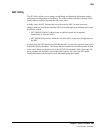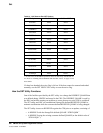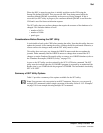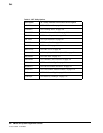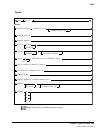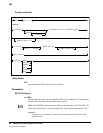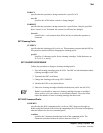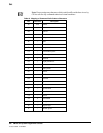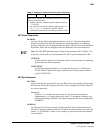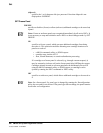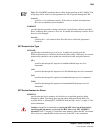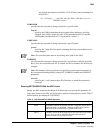
Chapter 4. Utility Functions 307
1st ed., 6/30/04 - 312579601
SET Delete Disposition
DELDISP
specifies that the delete disposition parameter is to be set. The delete disposition
parameter controls how the HSC interprets the delete disposition on a dismount
message. HSCs that were brought up before using this function still use the old delete
disposition. HSCs that are brought up after the function use the new disposition.
Note: The DELDISP parameter has no effect in the operation of the VM/HSC. The
utility may still be used to set this parameter for MVS systems sharing this CDS.
(SCRTCH)
specifies that the volume is to be placed in the scratch pool when the operating
system indicates delete disposition.
(NOSCRTCH)
specifies that delete disposition is to be ignored. Because CA-1(TMS) and
CA-DYNAM/TLMS provide a grace period, users of these products should
specify NOSCRTCH.
SET Eject Password
EJCTPAS
specifies that the eject password is to be set. HSCs that were brought up before using
this function still use the old password. HSCs that are brought up after the function
use the new password.
(newpswd)
specifies a 1- to 8-character eject password. The new password must be
alphanumeric: A-Z (capital letters only) and 0-9. If newpswd is omitted, eject
password checking is disabled. Note that the newpswd will not be displayed on
SLSPRINT.
OLDPASS
specifies that the old eject password is being specified. The old password must be
specified to change or delete a password. To delete an old password, omit it from the
syntax, i.e., OLDPASS(). If there is not currently an eject password, this parameter
can be omitted.
Note: Ensure that the prefix character used does not conflict
with any of the following:
• another subsystem’s command prefix character (such as
“*” for SCP)
• any of the CP line editing symbols in effect (such as “#,”
“@,” “¢,” or “““). Issue the CP QUERY TERM
command to determine the line editing symbols in effect.
Table 16. Mapping of Command Prefix Codes to Characters
Hex Character Description
Set



